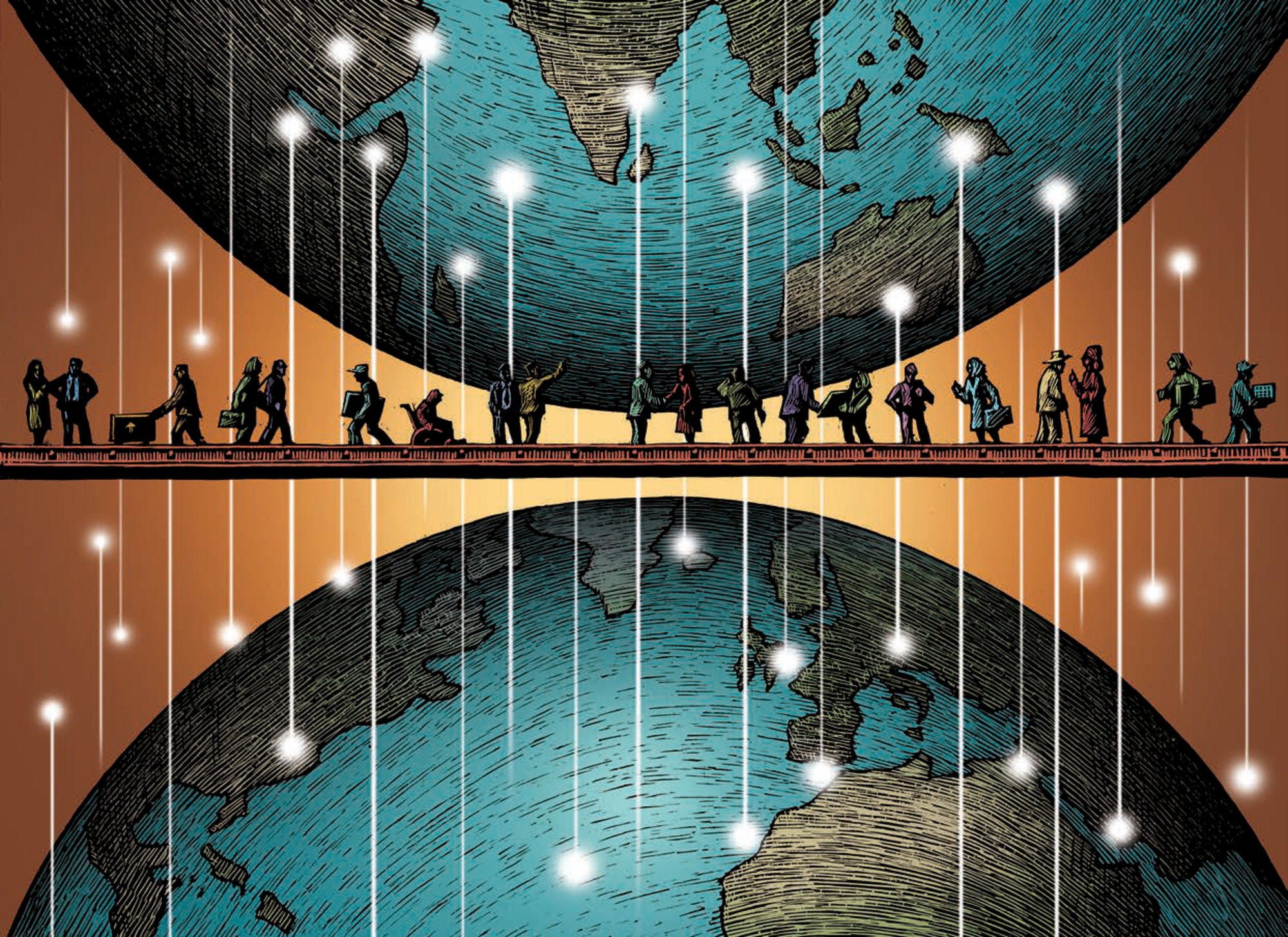In 2022, the number of first asylum applicants increased by 19%, to reach around 129 000. The majority of applicants came from Nicaragua (119 000), Venezuela (5 600) and Colombia (1 500). The largest increase since 2021 concerned nationals of Nicaragua (+17 000) and the largest decrease nationals of Haiti (‑800). Of the 44 000 decisions taken in 2022, 9% were positive.
Emigration of Costa Rican citizens to OECD countries increased by 25% in 2021, to 3 400. Approximately 58% of this group migrated to the United States, 9% to Mexico and 8% to Germany.
Although Costa Rica is a longstanding destination for migrants in Latin America, it has been receiving an increasing number of asylum applications since the end of 2021, mostly from Nicaraguan nationals. By the end of 2022, Costa Rica was the fourth largest recipient of individual asylum claims globally. Amidst a strained capacity to meet demands, the government introduced several changes to its asylum system during the past year.
In February 2022, the government announced new visa requirements for Venezuelan nationals and a new transit visa for Cuban and Nicaraguan nationals. The General Immigration Directorate (DGME, Spanish acronym) explained that the new policy aimed to “order and regulate migration flows from their starting point.”
In November 2022, President Rodrigo Chaves, who took office in May that year, signed two decrees establishing stricter conditions for asylum seekers. The government justified these decrees as part of an effort to “free up the asylum system, which has been abused and is adversely affecting those applicants who are truly deserving of international protection and who must wait for months or even years for a decision on their refugee status.”
The first decree, in effect since November 2022, introduced the following changes: (i) It limits applicants’ ability to obtain a work permit while their asylum application is pending approval. Previously, applicants received a residence permit after two months of processing, which automatically granted them the right to work, (ii) It requires applicants to submit their refugee status application within one month from the date of entry to Costa Rica. In the past no such limitation existed, (iii) It requires applicants to claim asylum after having travelled directly from their origin country or to justify the reasons why they did not request protection in countries through which they transited and are deemed safe by the DGE, (iv) It requires applicants to remain in Costa Rica while their application is being processed and (v) It requires foreign nationals who obtain refugee status to enrol in Costa Rica’s Social Security system to obtain or renew a residence permit.
The second decree, in effect since March 2023, developed a temporary “special migration category” for Cuban, Nicaraguan and Venezuelan nationals. This enabled asylum-seekers from these countries with a pending or rejected application to obtain a two‑year temporary work and residence permit. In return, they must waive their asylum application and renounce any claim to refugee status.
In January 2023, the DGME started the transition process towards a new digital immigration identity document for foreign nationals (DIMEX). The change is intended to facilitate the digital transformation of the cards and alleviate administrative hurdles resulting from the unprecedented demand for DIMEX cards. In February 2023, the DGME launched a pilot programme that allows telephone or online requests for first-time asylum applicants.
For further information: www.migracion.go.cr

